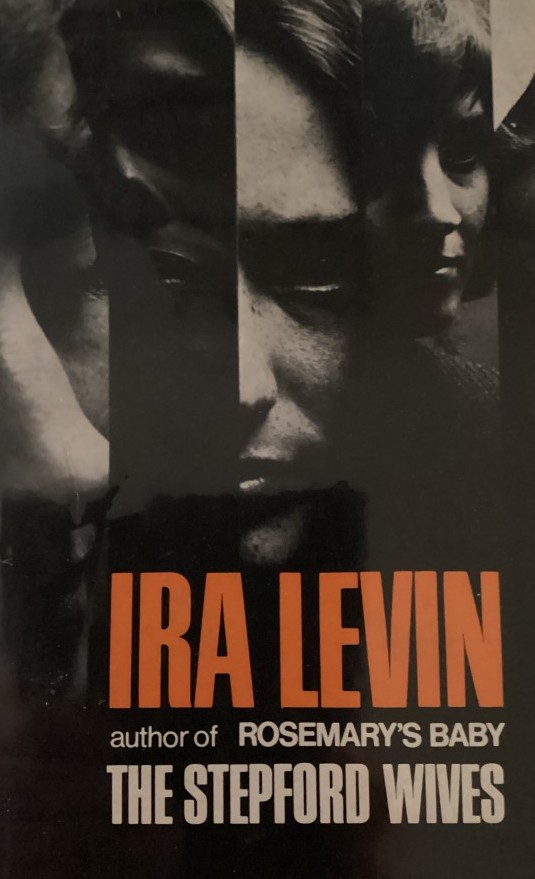Inspiring Older Readers
 posted on 14 Jan 2024
posted on 14 Jan 2024
The Stepford Wives by Ira Levin
It’s a tribute to both Ira Levin’s novel and to the ubiquitous popularity of the 1975 movie adaptation directed by Brian Forbes, that it’s virtually impossible to come to The Stepford Wives without knowing what’s going on at all stages in the plot. The fact that the notion of a 'Stepford Wife' has become a literary reference as widely used as something like 'Room 101' is clearly not the fault of either book or author. This may seem a fatal flaw in a book that is marketed as a ‘shocker’ in the horror genre but actually it really didn’t blunt my enjoyment when I sat down to read it in an afternoon.
The book is barely longer than a novella and Levin doesn’t waste time and space with filling in back story when it isn’t really required. You’d expect the man who wrote the febrile thriller, Rosemary’s Baby to have an acute sense of what get the hairs on the back of the neck tingling and he doesn’t let any of the looming doom seep away here by overstaying his welcome.
The novel was published in 1972 and the date is significant, I think. It’s a time when the so-called ‘second wave’ Women’s Movement had reached its peak of political and societal influence and there was something of a reactionary counter-movement emerging, especially in the USA where opposition to an Equal Rights Amendment to the constitution proved to be a key development.
Levin’s novel plonks itself down firmly in the middle of that battle. Joanna Eberhart, her aspiring husband and their children make the move from the city to Stepford, the quintessential suburbia. Joanna is independently minded, feminist by inclination, and somewhat taken aback by the placid, picture-perfect suburban wives she discovers are her neighbours. Joining her in her puzzlement over why cleaning, waxing floors and keeping a spotless house is so damn fascinating to all these women is Joanne’s new friend, Bobbie, who moved to Stepford only weeks before the Eberharts.
Joanna is also puzzled by the dominance of the Men’s Association – and rather disappointed to find her husband being drawn into their sphere of influence. It seems to Joanne and Bobbie that every woman in Stepford succumbs after a while to the same odd behavioural changes and are soon willing domestic prisoners, living only to please their husband and family.
What is happening to all these women? What mysterious hold does the Men’s Association have? And, what will happen to Joanne and Bobbie: are they too doomed to fall under the suburban spell?
Well, clearly I’m not saying. If you haven’t read the book, seen the film or have an inkling what is being referred to when people talk about Stepford Wives, it’s not my place to ruin it for you. But even if you already have a pretty good grip on what’s happening to the women of Stepford, I’d still urge you to read the book because it’s focus is very distinct from that of the movie. Inevitably, films tend to be more explicitly direct where the book is more about suggestions, hints and the creation of an atmosphere that will have you shouting at Bobbie, ‘No! Don’t do that! A second honeymoon is not a good idea!’ And the desire to simply tell Joanna to just get out while she can, is overwhelming.
The book is a great short read and you’ll be struck, I’m sure, by Levin’s economy of style that moves along at quite a clip without jeopardising the sense of menace. Paperback copies are easy enough to find and even the first edition hardback isn’t a expensive as you might think.
Terry Potter
January 2024